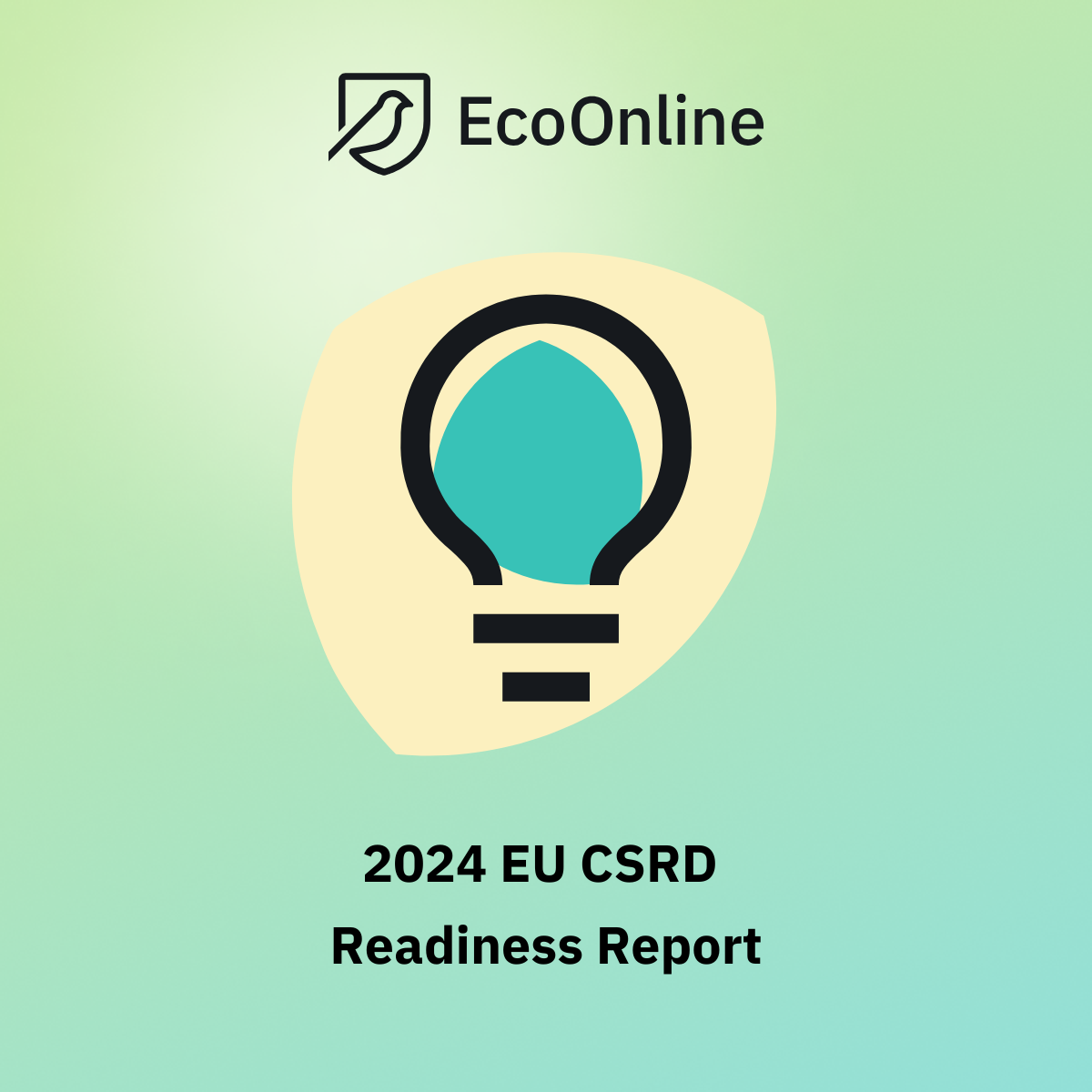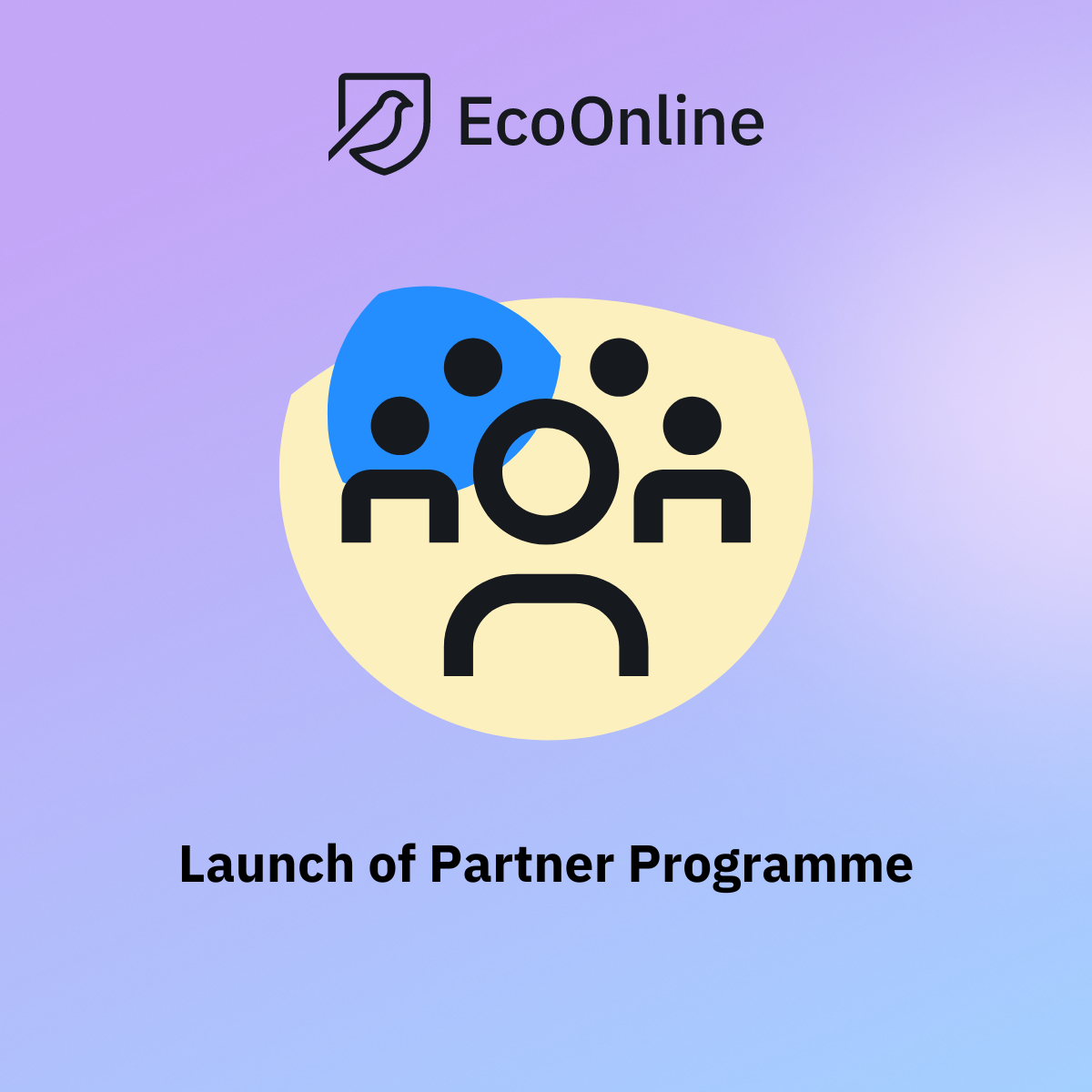Understanding double materiality: what you need to know

As a new member of the sustainability team at a manufacturing facility, James has heard the term ‘double materiality’ floating around the organisation. He notes that it’s important because the EU’s Corporate Sustainability Reporting Directive (CSRD) is the first framework to introduce this concept, and it helps to provide further transparency into an organisation’s impact and exposure to climate-related risks.
While James has a basic understanding of what it means, he decides it’s vital that he understands this concept more deeply, especially in relation to the ESRS (more on this later!).
Sound familiar? If you’re in the same boat, keep reading to find out:
- What is double materiality?
- Why is this significant to your sustainability reports?
- How to get started

CHAPTER 1
What is double materiality?
Materiality, originally an accounting principle, signifies anything that a person would deem important or valuable to all stakeholders’ view of a company. For instance, an organisation may present more risks to an investor if they are in a region which is regularly hit by hurricanes.
Double materiality not only looks at how the environment may affect a company, but also how the company itself impacts the environment and society. This goes beyond just the financial aspect to incorporate environmental, social and governance (ESG) elements as well.
CHAPTER 2
Why is this significant to your sustainability reports?
This concept has become a core principle when it comes to sustainability reporting, with the CSRD being the first to introduce it, as James noted earlier. The EU CSRD has made double materiality mandatory as part of company disclosures.
Taking sustainability reporting one step further, CSRD double materiality has several benefits for both companies and investors. This disclosure provides greater insight into organisations as a whole, to truly understand their performance, risk profiles and opportunities. This is particularly important for investors when choosing who to partner with.
It also allows company stakeholders to structure their sustainability approach, deciding on the materiality aspects that need to be focused on. This will help establish sustainability performance and goals and provide you with an opportunity to come up with a plan of action to address your findings. Not only does this make your organisation stronger and more resilient to external factors, but it also makes you more appealing to the public and investors.
Double materiality is also very significant, because it is now a legal requirement under the CSRD, as mentioned earlier. Show your organisation’s compliance by fulfilling all the requirements under this framework.
CHAPTER 3
How can you get started?
This may seem overwhelming at first, but take it one step at a time. We’ve come up with some initial steps you can take so you can approach your double materiality assessment with confidence.
Familiarise yourself with the EU CSRD double materiality requirements?
According to the European Sustainability Reporting Standards (ESRS), the standards you should follow when reporting to the EU CSRD, companies must choose sustainability topics they will conduct their materiality assessment against. There are over 1,000 topics to choose from, so key stakeholders must decide which they will focus on, relevant to their organisation.

Stakeholders must then look at double materiality from two different perspectives to fully comply.
- Financial materiality: This perspective focuses on the effect the environment and society may have on the financial performance of a company when it comes to elements such as cost of capital and company growth, to name a few. Financial materiality has also come to be known as the “outside in” perspective.
- Impact materiality: The “inside out” perspective is looking at how your company impacts the environment and society on a short, medium, and long-term basis. This is not only limited to your organisation’s direct operations but its supply chain as well.
To find out more about the guidelines you should be following and sustainability topics you can assess, check out the European Financial Reporting Advisory Group’s (EFRAG), ESRS 1 General Requirements.
Create your double materiality team
Once you’re familiar with all the requirements, take the time to put together a team from different areas of your company to help conduct an accurate assessment. This should not only be sustainability experts that you may have in-house, but it can also include external experts who may be able to provide a different perspective. These team members can help outline the sustainability matters that will be highlighted in your assessment, based on their knowledge of your company operations and supply chain.
It’s worth noting that sustainability experts shouldn’t be solely responsible for this assessment. A company’s Chief Financial Officer (CFO) and Chief Executive Officer (CEO) should have a key part to play to help drill down areas of risk and opportunity, as well as measure your organisation’s financial impact as stated earlier.
Board members and investors can also be included as part of your team so their feedback and input is provided. This is valuable when it comes to helping you outline your strategy and plan of action for the chosen areas of focus.
Find a sustainability software to help streamline the process
This process contains a lot of moving parts. A sustainability software can help streamline the process of completing your double materiality assessment because it can help you keep track of all your data and ESG metrics. Paper and Excel-spreadsheets are prone to human error, so put your mind at ease with a solution that’ll simplify the collection of your EU CSRD data.
Software can help you easily collect data against your chosen sustainability topics, to help you understand your level of risk and opportunity. This could be through digitised surveys sent to stakeholders to gauge their views on this topic, for instance. A score and materiality matrix will then be generated by the software to help you assess the impacts, risks and opportunities of each topic, to make it easy for you to prioritise and decide what is truly material to your organisation.
A cloud-based solution also makes it simple to share this data with multiple stakeholders, inside or outside of your organisation, so they can have greater transparency into your process. This includes investors, auditors, and more.
CHAPTER 4
What comes next?
From gaining a better understanding of your organisation’s climate-related risks and opportunities as a whole to becoming more attractive to investors, carrying out a double materiality assessment is a vital part of fulfilling EU CSRD requirements.
We know this may be a lot to digest, so we’ve come up with a handy guide for you to explore exactly what you need to report, how this is different from other regulations, plus tips from our experts to consider when it comes to fulfilling the CSRD framework.












